I have a dragonfly specimen that has been carefully preserved, mounted, framed and now hangs in my studio. The dragonfly is a darter, Common Red Skimmer – Orthetrum pruinosum neglectum to be precise, which if alive would have the most brilliant red abdomen. Unfortunately, no preservatives known to science are going to retain the intense colours that in many ways define this once living organism. Perhaps this is a good thing in that it makes me appreciate more acutely just how unique and fragile life is.
Preserved specimen – Orthetrum pruinosum neglectum – Common Red Skimmer
The metaphor of the dragonfly specimen leads me to ask, why are there so few black and white macro images? To some degree this may be due to the fact that brightly coloured insects, such as butterflies, are very often the favourite choice of macro photographers. Colour is so vitally important to the natural world, whether it indicates the striking colour of lichen on a damp rock; the ripe fruiting bodies of fungi emerging from a rotting tree trunk; the ‘keep clear’ eye warning sign on a Peacock butterflies’ wings or the subtle military-like camouflage patterns on the Angle Shades moth helping it blend into the carpet of autumnal leaves.
The striking red of lichen (top left)
The ripe fruiting bodies of fungi (top right)
The ‘keep clear’ eye warning sign on a Peacock butterflies’ wings (bottom left)
The military-like camouflage patterns on the Angle Shades moth (bottom right)
In contrast, black and white photography is normally considered to be an effective way to introduce mood to an image, typically landscape images. From the days of Ansel Adams onwards, black and white photographers have been given a lot more expressive slack than those working in colour. In movies, the atmospheric and gritty look associated with ‘Film Noir’, comes to mind.
Turning my attention to macro leads me to ponder the question of whether some macro subjects could be well suited to black and white photography. Some wildlife photographers are turning to black and white in order to emphasise textures for subjects such as elephants, so why shouldn’t subjects such as dragonflies be suitable for the monochromatic look.
Last year I photographed a dragonfly exuvia and was struck by the fact that up-close they look rather menacing and alien-like. In this context, it comes as no surprise to find that the main influence on H.R. Giger’s concept of the terrifying creature in the film Alien was directly inspired by the dragonfly nymph’s projectile mouthparts! All of which made me think that it should be possible to better emphasise this menacing presence through black and white. The exuvias’ sculptural qualities also leant themselves well to a more dramatic, almost ‘film noir’ treatment as the menacing creature’s head appears emerging from the darkness. The results can be seen below.
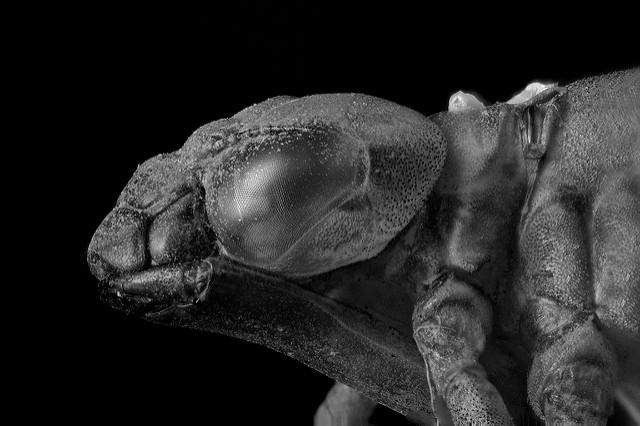
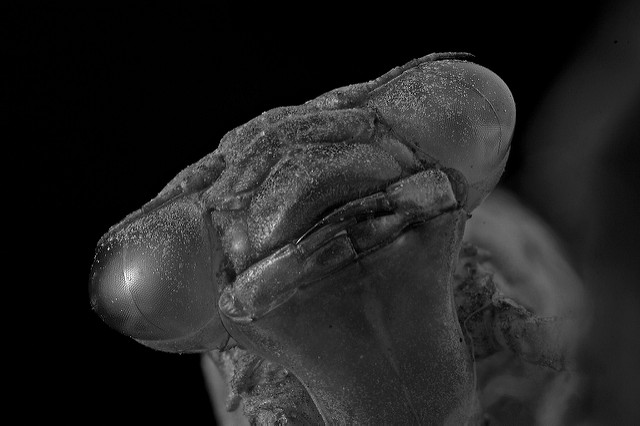
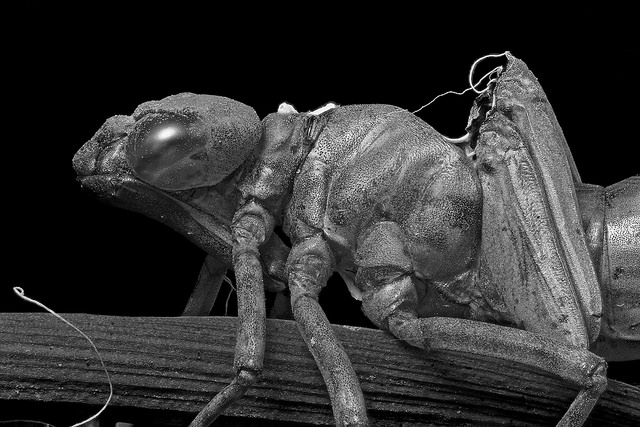
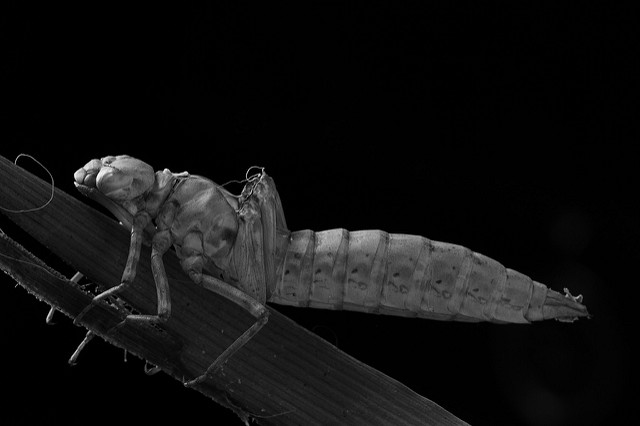
Do these images work? Well, you can be the judge of that. For the present, I’ll continue to use colour for the bulk of my work. However, every once-in-a-while it’s refreshing to try something different and what better than black and white images to give a more surreal, moody and other worldly quality.

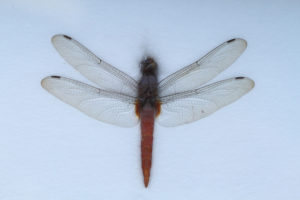
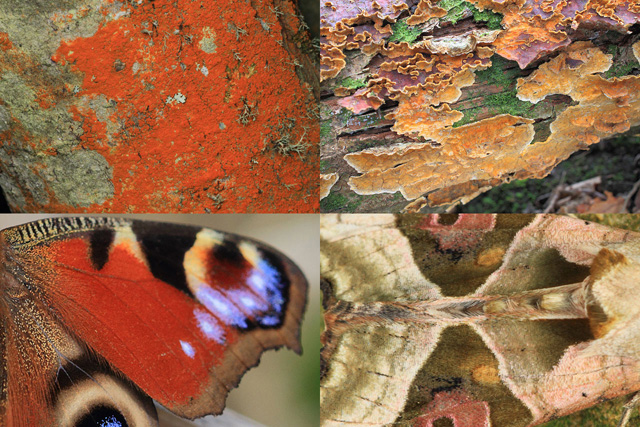
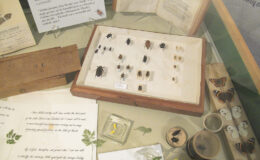
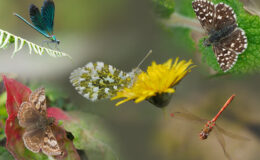
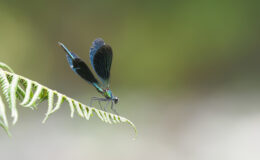
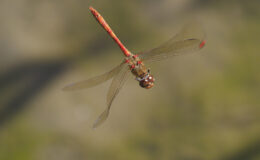
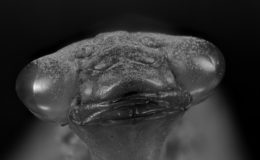
Leave a Comment